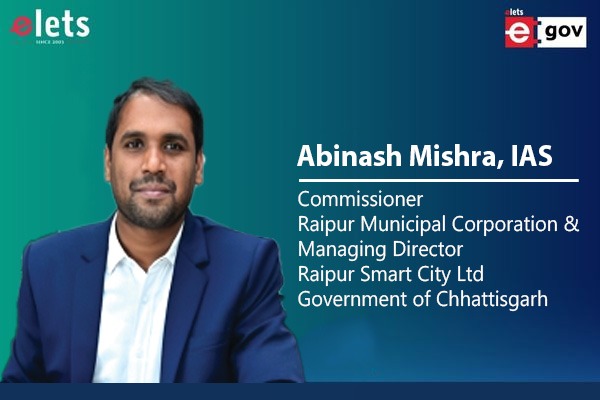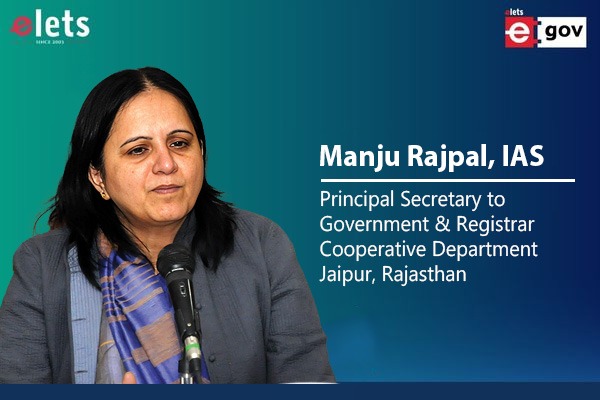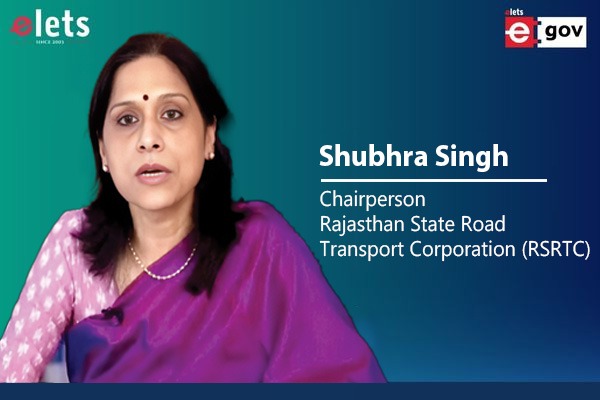
Climate finance has become a crucial driver in addressing the urgent challenge of climate change, propelling the world toward sustainability and transition. Gujarat, a leading state in India’s renewable energy revolution, is pivotal in advancing India’s Vision 2047 – a future of a developed ‘Viksit Bharat,’ with ambitious climate and energy solutions goals. More than just a means of mobilizing resources, climate finance is vital for Gujarat to realize initiatives like smart cities and net-zero emissions, reinforcing its commitment to sustainable development.
Why is Climate Funding in Gujarat the need of the hour?
“Climate finance aims at reducing emissions and enhancing sinks of greenhouse gases and aims at reducing vulnerability of, and maintaining and increasing the resilience of, human and ecological systems to negative climate change impacts.” – UNFCCC Standing Committee

The United Nations Framework Convention on Climate Change (UNFCCC) indicates that climate finance refers to activities and efforts to support net loss zero approaches and associated investments in those areas, such as projects for renewable energy, sustainable development and climatesmart agriculture.

In Gujarat, climate finance is a necessary tool to address the growth of its initiatives. The targets are even more ambitious, aiming for 100 GW of installed power capacity by 2030, with a significant portion expected to come from solar and wind energy sources. This ambitious goal requires massive capital mobilisation, particularly through climate finance, to support the development of renewable energy projects. One notable example is the 30 GW Kutch Hybrid Renewable Energy Park, which, upon completion, will be the largest of its kind in the world.

Gujarat is vulnerable to climate change impacts like extreme heat or erratic monsoons, adversely affecting the agriculture industry and catering to many of its people. Hence, climatesmart agricultural investments, like drip irrigation systems, drought-resistant crops, and water-efficient plant-growing techniques, are important. With the help of climate finance for these sectors, Gujarat shall achieve economic growth without increasing carbon emissions. This is consistent with the definition of climate finance under the UNFCCC as well as the aspirations of Gujarat to be at the forefront of the green revolution in India.
VARIOUS METHODS & RESOURCES OF CLIMATE FINANCING IN GUJARAT
Prime Minister Narendra Modi, at COP26 in Glasgow, announced India’s “Panchamrit” strategy, outlining five commitments to combat climate change. These include increasing non-fossil energy capacity to 500 GW by 2030, meeting 50% of energy requirements from renewables, reducing total projected carbon emissions by 1 billion tons, reducing carbon intensity by 45%, and achieving net-zero by 2070. These ambitious targets require substantial financial investments, estimated at around USD 1 trillion by 2030.
To achieve this, Gujarat’s approach for mobilization of climate finance involves diversifying sources for raising funds, including:
- Domestic Public Resources: Gujarat can tap considerable national funds for climate programs, including the NCEF, with around ₹10,000 crores ($1.2 billion) allocated PAN-India. On the other hand, NAFCC has an annual budget of ₹350 crores ($42 million) that can be utilized in various projects for climate resilience and infrastructure development in Gujarat. With this, the state is wellpositioned to attract substantial funding to build its renewable energy ecosystem, especially with largescale projects like the Dholera Solar Park already in the pipeline.
- Private Investments: The private sector plays a crucial role in scaling up Gujarat’s renewable energy initiatives. The growth of the Indian green bond market reflects rising investor confidence in sustainable projects, and Gujarat is wellpositioned to capitalize on this trend. With its established capacity in renewable energy, the state is becoming an increasingly attractive destination for private investment.
- International Climate Finance Mechanisms: Gujarat also benefits from global climate finance mechanisms like the Green Climate Fund (GCF) and the Global Environment Facility (GEF). Renewable projects in Gujarat could harness this finance for large-scale, innovative projects that might not otherwise attract sufficient local investment.
Also Read :- Pioneering Green Hydrogen Solutions for a Net-Zero Future
BLENDED FINANCE
The concept of “blended finance,” which combines public and private capital to reduce investment risks, could be a game-changer in mobilizing the necessary funds for India’s energy transition.
This presents a key opportunity for Gujarat, as blended finance can help attract private investments by mitigating the risks associated with high upfront costs and uncertainties in initiatives like green hydrogen and battery storage.
The India Blended Finance Facility (IBFF) aims to mobilize $1 billion in private investments through concessional loans, guarantees, and other riskreduction mechanisms, critically boosting Gujarat’s renewable energy ambitions.
PUBLIC AND PRIVATE STAKEHOLDERS
India’s climate finance landscape is evolving, with public and private stakeholders playing critical roles. Public finance remains crucial for creating a conducive policy environment, offering subsidies, tax incentives, and guarantees to de-risk private investments.
- The government has introduced several initiatives, such as the Production-Linked Incentive (PLI) scheme for solar manufacturing and the National Green Hydrogen Mission, to attract climate finance from global investors.
On the other hand, private sector participation is essential for scaling up climate action. Financial institutions, banks (e.g., the Asian Development Bank’s initiative to invest $10,747 million in climate finance), and corporations need to integrate climate risks into their investment decisions and align their portfolios with India’s net-zero goals. Initiatives like the Climate Finance Leadership Initiative (CFLI), which promotes blended finance models, can help unlock significant private capital for green investments in India.
TOWARDS “VIKSIT BHARAT”: A CLIMATE-RESILIENT ECONOMY
A major part of Viksit Bharat implies building a climate-resilient future assured of sustainability. The fulcrum of such transformation constitutes climate finance, which will unlock investment in renewable energy, sustainable agriculture, water management systems, and climatesmart infrastructure. With such emphasis on climate finance, Gujarat can spur economic growth, create millions of green jobs, and improve public health and energy security.
Gujarat must create an enabling environment for climate investments, adopt a multi-stakeholder approach, and consider new financing models to assume the mantle of a global leader in the fight against a changing climate.
Be a part of history! Express your interest and get featured in our exclusive souvenir, launching at the Bengaluru Tech Summit.
Be a part of Elets Collaborative Initiatives. Join Us for Upcoming Events and explore business opportunities. Like us on Facebook , connect with us on LinkedIn and follow us on Twitter, Instagram.
"Exciting news! Elets technomedia is now on WhatsApp Channels Subscribe today by clicking the link and stay updated with the latest insights!" Click here!













